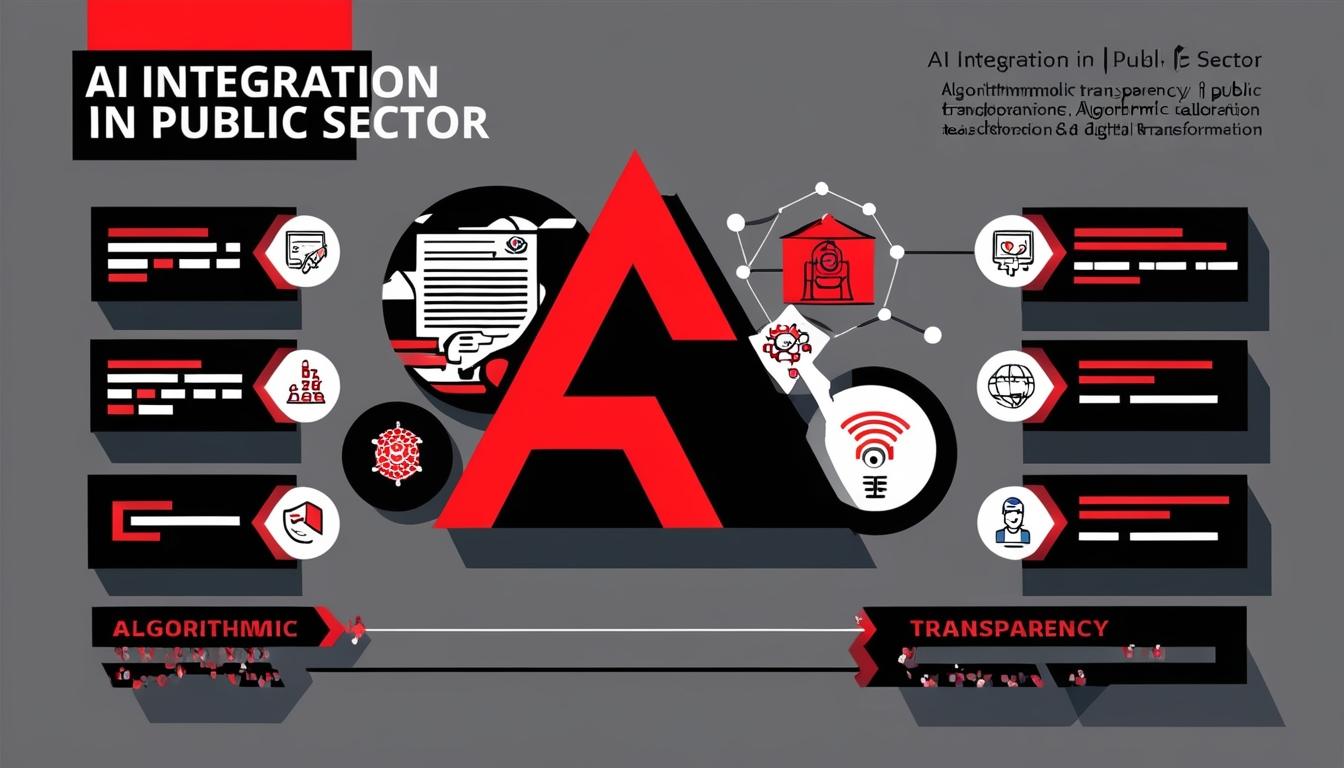The UK government continues to enhance its approach to artificial intelligence by emphasising algorithmic transparency in the public sector. In a discussion with PublicTechnology, AI and digital government minister Feryal Clark underscored a shift in perspective, stating her administration aims to highlight the potential benefits of AI technology rather than focusing solely on negative implications.
On the same day, the government unveiled ten new transparency records in accordance with the Algorithmic Transparency Recording Standard (ATRS). This standardised framework is intended for public entities to share information regarding their algorithmic implementations. One notable example published today includes an algorithm employed by Sutton Council that assesses data from sensors placed in the residences of vulnerable individuals, monitoring items like fridges, kettles, and doors. This initiative, from the UK software firm The Access Group, aims to assist social care professionals in identifying changes in behaviour, such as missed meals or unusual door activity.
Clark commented on the importance of collaborating with local authorities, stating, "It is incredibly important that we work with local authorities, and they are an essential part of our vision of digitising government – which is about central government, local government, and regional government." Her experience in local government, spanning 15 years, adds weight to her recognition of councils as crucial players in the delivery of government objectives, particularly as new technologies emerge.
Another record released today concerns a tool from West Berkshire Council that evaluates the eligibility of applicants for larger refuse bins, based on information submitted through an online application. Additionally, other algorithms documented today include one for a chatbot aimed at individuals interested in Welsh social-care qualifications and another tool designed to help local councils predict their spending more accurately.
Clark expressed the importance of public understanding and acceptance of AI, stating, “we need the public to understand and trust the use of AI.” As the government develops its AI Opportunities Action Plan, Clark noted that local authorities will play a pivotal role in the successful integration and acceptance of these technologies.
The algorithm implemented by Sutton Council is indicative of what could be broadly adopted by other public agencies, according to Clark. She cited the potential for the GOV.UK Chat tool, currently in private beta and based on ChatGPT’s technology, to be utilised in various contexts across government levels. She elaborated, “In Sutton, it is a fantastic use case; when we look at the pressures on local authorities, [care] is one of the biggest areas... It is an example that could be rolled out across the country.”
The recent data releases reflect a commitment to improving transparency in public sector AI usage. While local authorities are now being highlighted, last year saw the ATRS mandated for central government departments, with exemptions only allowed for national security considerations. Currently, 18 records have been published out of a total expected 33, with efforts ongoing to enhance compliance across Whitehall agencies.
When asked about the pace of record publication, Clark indicated a general enthusiasm across government. “All departments are working on getting their lists out... we are looking at all services across government to see where automations are possible,” she stated. Clark recognised that her focus on the practical advantages of AI has resonated positively within government, adding, “there is huge excitement across government at the moment.”
Source: Noah Wire Services
